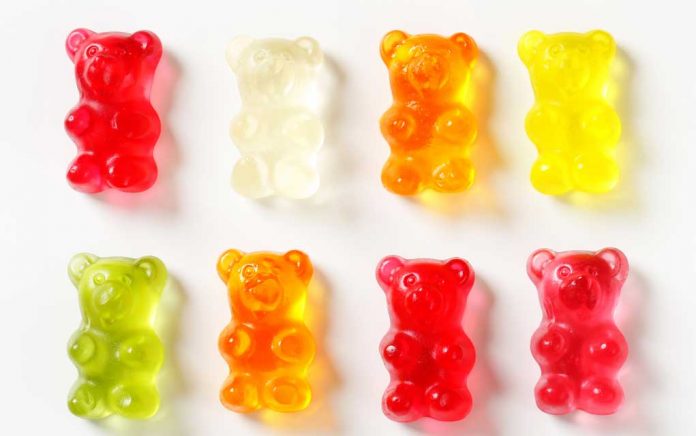
I remember when my son was three years old and I watched him gravitate towards a huge table full of candy. My initial reaction was “no way” – I wanted to point him in the other direction. Unfortunately, as all mothers understand, three year olds can be rather persistent. It didn‘t help that my father, his junk-food-loving grandpa, begged me to “let him live a little because he‘s a kid.” So I succumbed to the pressure and let him indulge in bright green and yellow gummy bears and chewy twists, red heart-shaped candy, and one very long colorful candy kebab.
It was right then and there that I realized it wasn't so much the junk that set off my maternal panic alarms, but rather the type of junk my son was eating. The candy he was eating was filled with artificial colors, flavors, preservatives, and ingredients I couldn't even pronounce!
I am thankful for that experience. It prompted me to search out healthier junk food options. I knew deprivation was not the answer, so my goal was to find great tasting "junk food" which would satisfy my kids’ junk food cravings and allow them to enjoy what they were eating-but without all the chemical additives.
Read a ten year old's tale of how food affects his body
How to Unjunk Your Junk Food
It was my search for healthier junk food options that led me to co-author our book, Unjunk Your Junk Food – Healthy Alternatives to Conventional Snacks. My co-authors and I spent two years analyzing hundreds of brands of junk food, and we discovered that many of them contained dangerous chemical additives that are causing harm to our bodies by wreaking havoc on our immune systems. We identified these dangerous additives as The Scary Seven. They are:
- High-Fructose Corn Syrup (HFCS)
- Monosodium Glutamate (MSG)
- Partially Hydrogenated Oils (trans fats)
- Artificial Colors
- Artificial Sweeteners (including acesulfame potassium, or Ace-K; sucralose [Splenda], and aspartame)
- Artificial Flavors
- Preservatives (including: sodium benzoate, sulfites (sulfur dioxide), polysorbate 60, 65 or 80, nitrites, TBHQ, and BHT/BHA).
Avoiding these seven categories of ingredients is a huge step in the right direction to making better, more informed choices when shopping for food.
Serious Side Effects
There is no safe limit of trans fats. They can cause heart disease, cancer and diabetes. So how is it that we are still ingesting close to five pounds of it a year?
Consuming high-fructose corn syrup can lead to heart disease, increased belly fat, obesity, and insulin resistance, so how is it that many products, even the ones we think are "healthy," still contain it?
Research shows that most artificial colors (dyes) have been linked to hyperactivity, attention deficit disorder (ADD) and attention deficit/hyperactivity disorder (ADHD). Knowing these dyes can negatively affect children’s behavior is reason enough to avoid them at all costs. So why are these chemicals in everything from candy, to cereal, to children’s cough syrup?
And the list goes on.
Read more about artificial colors and health concerns
Become Your Own Label Inspector
Is the first thing you look at when reading a food label the ‘Nutrition Facts’ panel? Do you ask yourself: How much fat does this have? How many calories per serving? Is there a lot of sodium? If so, you are not alone.
Contrary to popular belief, we advocate reading the ingredients list first because if a product contains chemical additives, then we shouldn’t be eating it regardless of how much fat, calories and sodium it has.
As the authors of Unjunk Your Junk Food, Label Lessons: Your Guide to a Healthy Shopping Cart, and Label Lessons: Unjunk Your Kids Lunch Box, we want to empower you to make informed choices about the food you are buying. Our books provide you with the tools to become your own Label Inspector. The next time you are at the grocery store and faced with the decision of which product to buy, visualize yourself as a detective named “Inspector Label“ and pretend you are equipped with a magnifying glass in your hand, a chapeau on your head, and a cape on your back.
We have started an edible (R)evolution!
As consumers, we need to be mindful of what we put into our bodies. We need to take responsibility for our health by reading food labels and understanding what they mean.
From now on when you're grocery shopping, we want you to: pick up the product you wish to buy; read the ingredients; evaluate whether it is good enough to put into your body (using our Worst Ingredients chart as a cheat-sheet); and then either place it into your cart or back on the shelf.
You have the power to decide if you’re going to put something "healthy" or "unhealthy" into your body and the bodies of your family.
Image: DOH4




